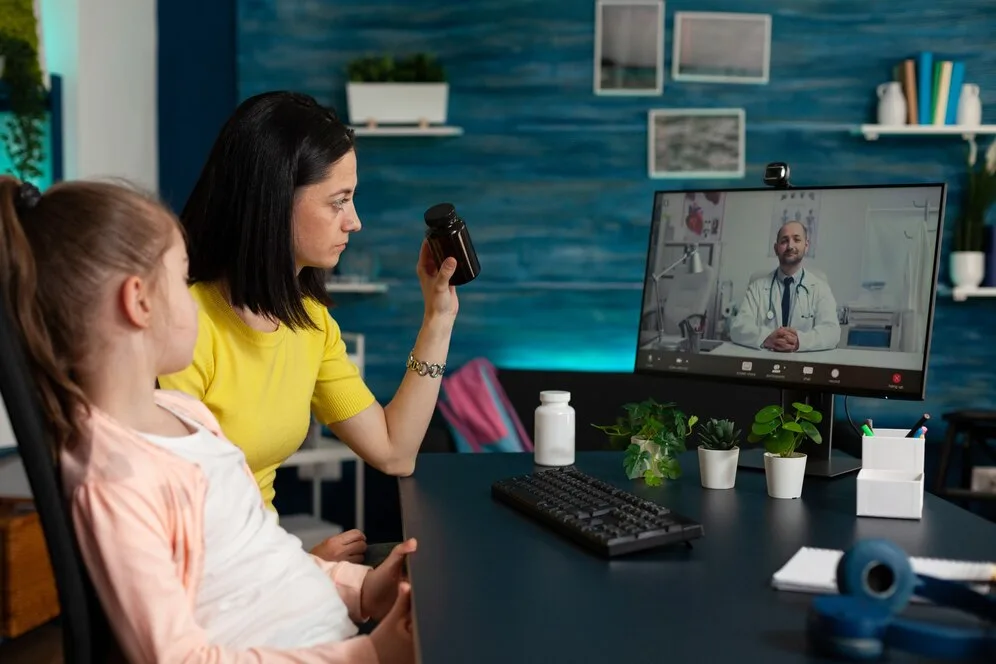The Importance of Telemedicine Platforms in Rural Healthcare
1. Challenges in Accessing Healthcare Services in Rural Areas
AI-driven IT solutions are transforming healthcare by enhancing diagnostics and streamlining patient care. With cloud computing and software development, AI-powered systems can efficiently analyze vast medical data for accurate predictions. Cybersecurity measures ensure that patient data remains protected while leveraging AI for improved healthcare outcomes.
Geographical Barriers
In rural areas, a trip to the doctor can be as exciting as an episode of “Survivor.” With limited healthcare facilities and long distances to travel, geographical barriers make accessing healthcare services a real adventure.
Lack of Specialist Care
Getting specialized care in rural areas can be as tricky as finding a needle in a haystack. Fewer specialists choose rural practices, leaving residents with limited options and often needing to travel far for specialized treatment.

2. Benefits of Telemedicine Platforms in Improving Rural Healthcare

Increased Access to Healthcare Services
Telemedicine, powered by cloud computing and IT solutions, enables seamless remote healthcare access for patients. With IT services and software development, healthcare providers can offer virtual consultations securely and efficiently. Robust cybersecurity and data security measures ensure patient information remains protected while embracing digital healthcare.
Cost-Effectiveness
Telemedicine is like a budget-friendly version of healthcare – the thrift store of medical services. By reducing travel costs and offering virtual consultations, telemedicine helps save money for both patients and healthcare providers.
3. Case Studies and Success Stories of Telemedicine Implementation in Rural Communities
In Smalltown, USA, cloud computing and IT solutions have made telemedicine a reality, providing seamless virtual healthcare services. With robust cybersecurity and data security measures, patients can safely access remote consultations and specialist care. IT consulting and software development continue to enhance telemedicine platforms, ensuring better healthcare accessibility for rural communities.
Embracing the Digital Frontier
Telemedicine in rural areas faces unique challenges when it comes to policy and regulations. Licensing and credentialing can be a complex web that providers must navigate. Understanding the rules and regulations surrounding telemedicine is crucial for ensuring quality care reaches underserved populations.
Reimbursement Realities
Reimbursement policies also play a significant role in the success of telemedicine in rural settings. Ensuring that healthcare providers are adequately compensated for these services is essential for sustainability and continued access to care.

4. Technology and Infrastructure Requirements for Effective Telemedicine in Rural Areas
Connection is Key
AI automation in pathology and laboratory medicine, powered by IT solutions and software development, enhances diagnostic accuracy by streamlining sample analysis. Cloud computing enables seamless data processing and storage, while cybersecurity safeguards sensitive patient information. Managed IT services ensure laboratories operate efficiently by minimizing downtime and optimizing workflows. IT support and network security play crucial roles in maintaining system integrity, preventing disruptions in automated diagnostic processes.
Tools of the Trade
Having the right equipment and software is essential for effective telemedicine in rural areas. From video conferencing capabilities to electronic health record systems, investing in the right technology can make all the difference in providing quality care at a distance.
5. Future Opportunities and Innovations in Telemedicine for Rural Healthcare
The future of telemedicine in rural healthcare holds promise for even greater advancements. Innovations like remote monitoring devices and artificial intelligence applications could revolutionize the way healthcare is delivered in remote areas, improving outcomes and patient satisfaction.
6. Conclusion: Ensuring Equitable Healthcare Access Through Telemedicine
Breaking Barriers, Building Bridges
Telemedicine, backed by cloud computing and IT solutions, is transforming rural healthcare by providing remote access to medical services. IT consulting helps healthcare providers implement secure and scalable telemedicine platforms, ensuring seamless patient interactions. Cybersecurity measures protect sensitive medical data, while network security guarantees stable and secure connections for virtual consultations. Managed IT services play a crucial role in maintaining telemedicine infrastructure, minimizing downtime, and optimizing performance. Software development continues to enhance telemedicine applications, enabling better patient engagement and streamlined workflows. By leveraging IT support, healthcare organizations can ensure the reliability and efficiency of their telemedicine services, ultimately improving health outcomes for underserved communities.



